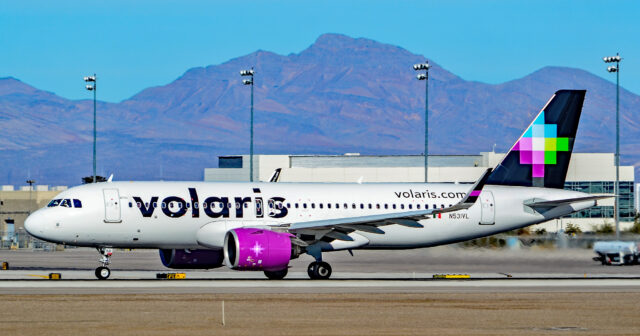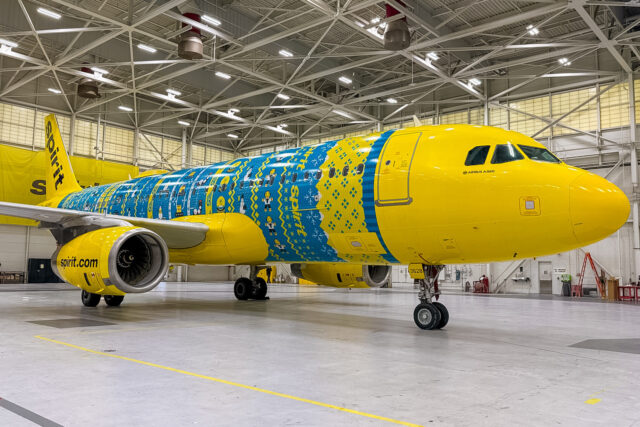Aviation industry to add 45,900 aircraft over next 20 years

October 24, 2024

More than 45,000 aircraft will be delivered worldwide over the next two decades, according to Cirium, a leading provider of aviation analytics.
In its latest annual fleet forecast, outlining the long-term outlook for the global commercial passenger and freighter aircraft market, Cirium said 45,900 aircraft will be delivered worldwide over the next 20 years, representing a total market value of $3.3 trillion, as airlines continue to modernise their fleets with more sustainable aircraft.
Now in its twelfth year, the independent forecast by Cirium Ascend Consultancy comes at a time when the aviation industry is grappling with ongoing supply chain disruptions, which are expected to cause a 5% reduction in aircraft deliveries between 2024 and 2027. These delays are largely due to a shortage of critical components, according to the report.
As of Q4 2024, a total of 26,100 aircraft are in active service, marking a 5% increase from January 2020, when the pandemic first took hold.
This recovery has been driven primarily by the strong growth in single-aisle aircraft, which have increased by 13% since pre-pandemic levels. In contrast, twin-aisle aircraft are still 3% below pre-pandemic numbers, while regional jets and turboprops remain down by 8% and 13%, respectively.
Looking ahead, Cirium’s Fleet Forecast anticipates that 98% of the 45,900 new aircraft delivered between 2024 and 2043 will be passenger planes, with airline capacity (measured in available seat kilometres, or ASKs) expected to grow at an average annual rate of 4.4%.
Despite this passenger focus, the cargo fleet is also set to expand, with 3,500 freighters projected for delivery over the same period. Notably, 70% of these freighters will be converted from passenger aircraft to meet rising demand.
Airbus and Boeing will continue to dominate the commercial aircraft market, with the two manufacturers expected to deliver 84% of all aircraft over the next 20 years, a share that could increase to 90% by value. Chinese manufacturer COMAC is forecast to take a 6% share, while other original equipment manufacturers (OEMs) such as ATR and Embraer are expected to generate around $180 billion in demand.
Asia is poised to lead global aircraft growth, with 45% of total deliveries going to the region, driven largely by China, which alone will account for nearly 20% of global deliveries. India is also expected to see rapid expansion, with the number of passenger aircraft in the country set to rise from 720 at the end of 2023 to over 3,800 by 2043. For the first time, India’s growth is covered separately in Cirium’s report, reflecting its increasing importance in the global aviation market.
Rob Morris, head of consultancy at Cirium Ascend Consultancy, said: “As we continue to enter the next cycle of growth for the aviation industry, our new Fleet Forecast illustrates the continued demand for new aircraft, as airlines look to renew and expand their fleets.
“However, it is clear that supply chain issues and other manufacturing will continue to cause delays for OEMs, leading to uncertain delivery schedules for many airlines, and this has been factored into our forecast.
“With markets like India set for significant growth, it is clear that the next 20 years will be increasingly competitive for manufacturers, with airlines continuing to invest in their fleets.
“The forecast also illustrates the challenge of sustainability and net-zero as fleet growth is balanced with new aircraft efficiency to drive reductions in unit emissions.”
















